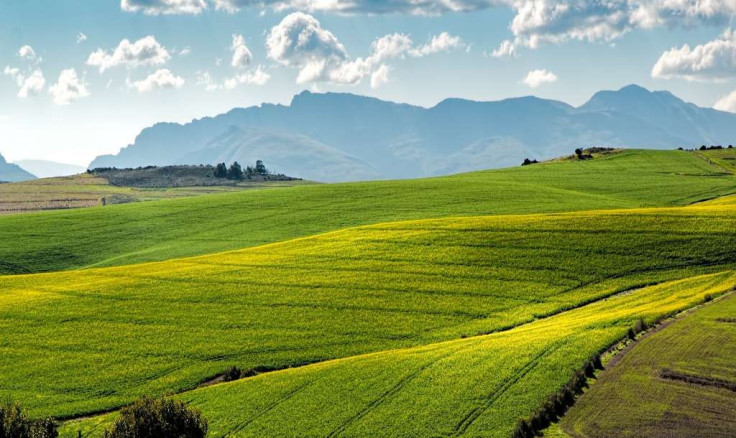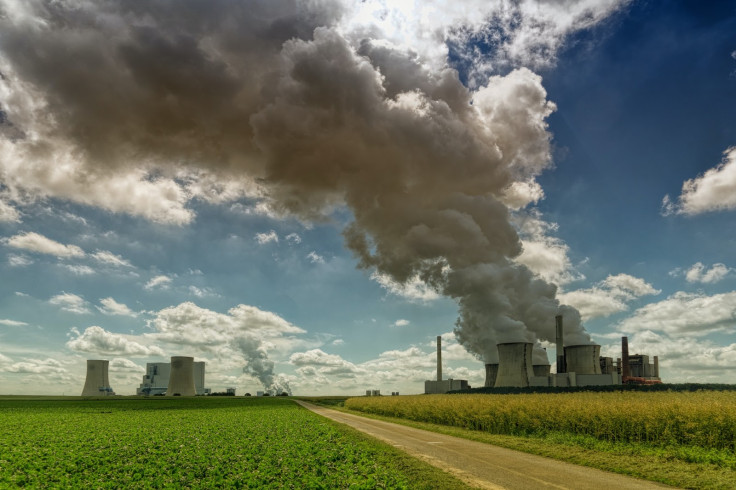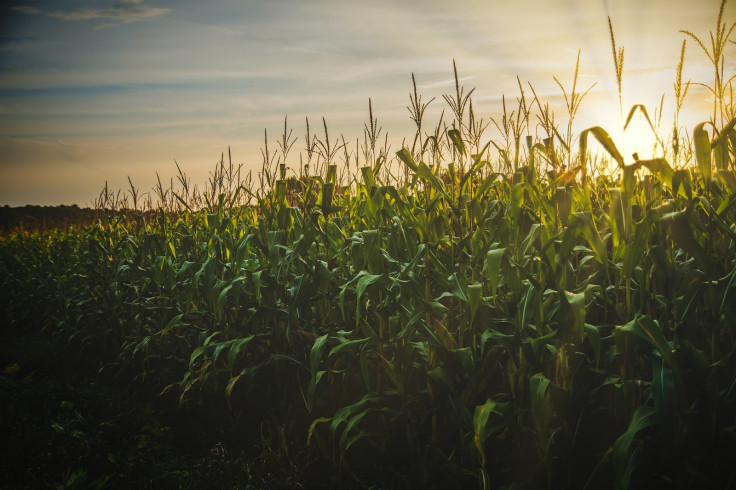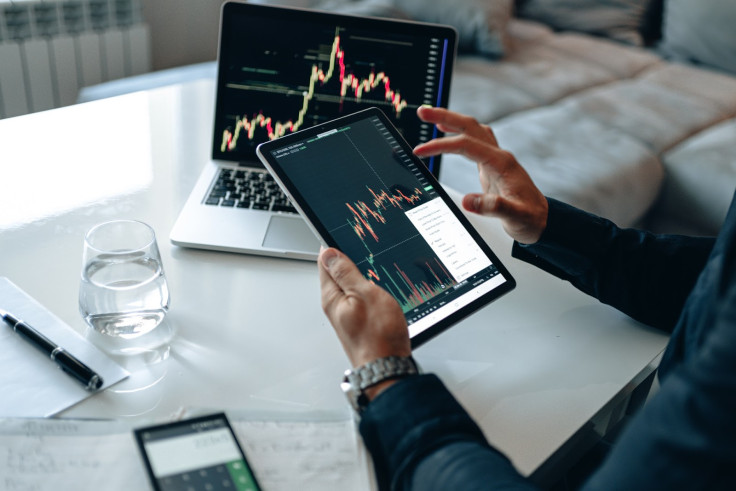4 Reasons Why Investing in U.S. Farmland Could Pay Off in the Coming Decades

As a tangible asset, real estate naturally grows in demand over time. This is why this multi-trillion dollar industry is such a highly sought-after investment opportunity worldwide. Diverse in nature, the real estate market soared during the pandemic with a record influx of capital in the industrial and R&D sector, faster year-on-year growth for the single-family home industry, and a rise in data centers to support the skyrocketing digital infrastructure.
While these industries are poised to grow in the future, farmlands play a crucial role in the survival of the human species. Here are four reasons why U.S. farm real estate is a premium asset class with the potential of handsome returns on investment.
Diminishing Arable Land

A United States Department of Agriculture (USDA) survey found that U.S. farms declined from 2.20 million in 2007 to 2.01 million in 2021. Furthermore, the total land in farms, pasture or grazing fields has shrunk by 1.3 million acres in 2020-2021.
Modernization, non-farm employment, and visible climate change are the leading causes of soil, air and water contamination and a limited workforce. The United Nations Environment Programme stated that the world loses 23 hectares of arable land every minute to drought and desertification.
From an investor's perspective, it stands to reason that ever-growing inflation and the demand for quality food in a world with fast-declining arable land are likely to raise the value of farm real estate.
Rising Population

Estimates suggest there will be 9.7 billion people by 2050. Ideally, the world could produce 9 billion metric tonnes of food annually. However, Bloomberg reports that 4 billion metric tonnes are delivered while 1.3 billion metric tonnes are wasted.
A UN 2020 report estimated that 270 million people could be living in famine conditions at present, which is nearly double compared to pre-COVID years. These conditions build up more pressure to produce food and lead to aggressive farming that disrupts the local ecosystem and adds to environmental degradation.
Rising food demand will directly affect the global food supply chain raising costs associated with logistics and warehouse/cold storage, thus driving demand for these niche asset classes and the cost of food prices and value of farms producing them.
Food Shortage Estimated in Less Than Three Decades

The World Count estimated that the world could run out of food in 27 years, and food prices could go up by 130 percent by the end of this decade. These model scenarios primarily consider projected population rise, rapid climate change, high energy consumption, and subsequent pollution due to eating lifestyles.
Former Harvard Professor Edward Wilson once said that one more Earth-sized planet is required to meet current demands. Since the energy needed to produce meat is nearly 75 times higher than corn, some scenarios depict that more food may need to be produced in the next 40 years than in the last 8,000 years.
If farming is not an option, individuals may still contribute by choosing meat alternatives to stabilize the rising food demand and reduce energy consumption. The rest depends on tech integration, efficient multi-purpose farming equipment, and sustainable practices focusing on soil protection that will attract an influx of government funding and private investor capital.
Online Real Estate Platforms Have Eliminated Trivial Barriers to Farmland Investing

The real estate market, specifically farmland, has had a very high initial capital requirement. This has kept the premium asset limited to the wealthy. Although Real Estate Investment Trusts (REITs) have lowered the minimum investment capital by allowing small investors to purchase units of income-generating properties, geographical constraints may still have made it difficult to find the best property that suits you best.
In addition, a scattered U.S. farmland market and lack of information about farmland acquisitions, operations, and practices made it a tedious process to find good investment opportunities. Fortunately, in the past decade, cutting-edge technology, evolving algorithms, and cross-industry experience compiled into intuitive and secure online real estate marketplaces have transformed real estate investing. Online real estate marketplaces, some powered by AI, now allow you to invest in a wide range of real estate asset classes with feasible purchase minimums that generate dividend payouts and grow net worth through land value appreciation.
These platforms usually list properties from real estate markets in the U.S. that are poised to grow after an extensive review of title, growth profile, local governance, investor preference, and other relevant documentation. Led by real estate experts, these emerging platforms scout nationwide markets to shortlist gems of properties that people may not usually be aware of, thus crushing geographical barriers. The most flexible aspect of remote real estate investing is that most platforms have operators or property managers who take care of timely rent collection, operations, and tenant management for you.
Investing in U.S. Farmland With FarmTogether
As per a United States Department of Agriculture National Agricultural Statistics Service 2021 summary release, farmland value in the U.S. has consistently increased in the last 15 years, going from $2,010 per acre to $3,380 in 2021. Average farmland value rose by 7 percent ($220) to $3,380 per acre in 2021. FarmTogether, one of the largest online U.S farmland investing platforms, is currently managing farmlands worth over $175 million for over 1,000 client spread across 40 deals and 14 crop types in different terrains.
This real estate crowdfunding platform allows accredited investors to invest money in large projects. Unlike REITs that offer easy access to fractional property investment but you won't directly own the property, crowdfunded projects usually involve purchasing units of a company that owns the property,
At FarmTogether, accredited investors may invest in premium farmlands for as low as $15,000 or select from sole ownership bespoke offerings with a minimum of $3 million. Broadly, accredited investors must have an annual income of over $200,000 at present and in the last two years or a net worth of $1 million or more, as per The Securities and Exchange Commission (SEC). Listings on FarmTogether are managed by their wholly-owned subsidiary FarmTogether Management LLC.
Farmland Sourcing, Income Options, Fees, and Account Setup
Farmland Acquisition
FarmTogether follows an extensive due diligence process to source premium farmland that includes several stages of analysis. FarmTogether claims that they utilise a 120-point checklist alongside certified due diligence providers to assess water availability, soil fertility, climate, logistics, local laws, farming yield, and equipment, where only two percent of all potential deals go live. The macro analysis is followed by gauging consumer demand and logistical infrastructure before a 150-dataset cross-check to cover details like drainage system, tiling, and storage. As a Leading Harvest certified platform, FarmTogether manages all of its assets in alignment with sustainable farming.
Dividend Income and Long-term Growth
While their offers have target net cash returns from 2 to 9 percent with target net returns up to 13 percent, fees vary for each deal and are sometimes even below the market average. Investors usually benefit from quarterly or semi-annual dividend payouts from farming yield, rent, and long-term returns form selling properties after their pre-decided hold period.
Real estate investments are usually illiquid and have a hold period since their primary objective is to cash in from land value appreciation while making the best use of steady rental payments. The holding period could be as short as three years or stretch beyond ten years in accordance with the deal and investor goals. Although FarmTogether recommends investors stay invested until the hold period, which lasts between 5 to 12 years, the firm goes a step further to allow an annual window for premature exits without penalties.
Account Setup
To create an account and browse through listings in the U.S., simply fill in a brief questionnaire on their website. After that, you will be able to compare deals and review the growth profile, crop type, farming practices, fees, deal structure, title, return projections, and hold period for each listing. The user-friendly platform facilitates seamless account creation, accreditation status verification, and real-time portfolio tracking with simple payment options.
All of FarmTogther's properties are looked after by vetted operators. This is crucial in order to offer a hands-free investing experience where investors don't have the responsibilities of a landlord.





















